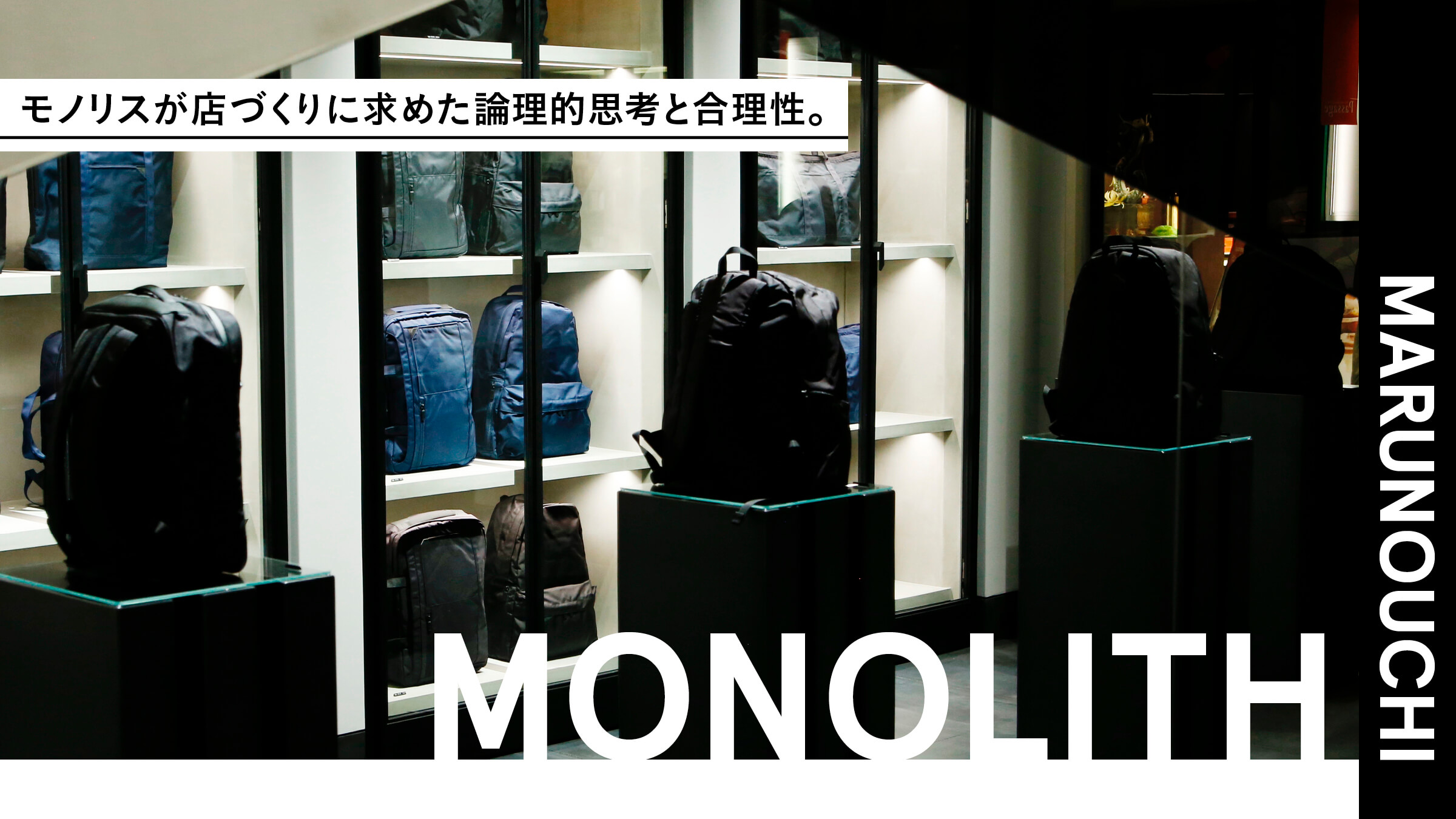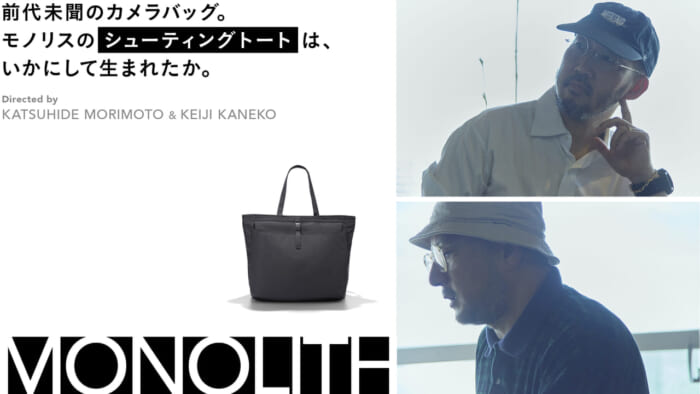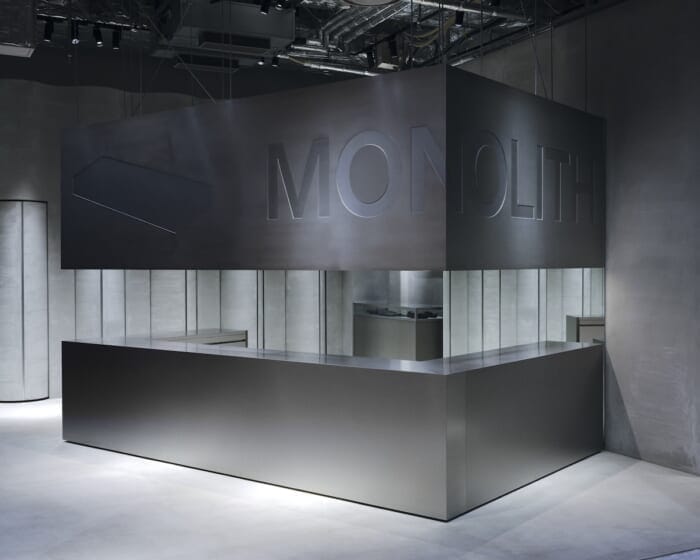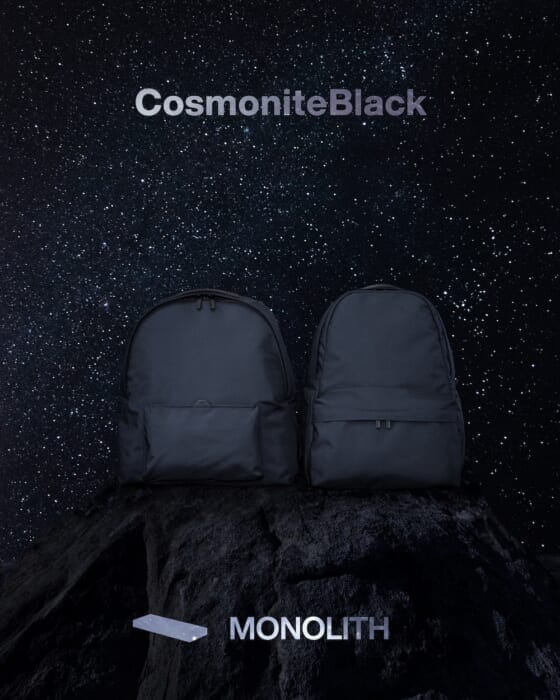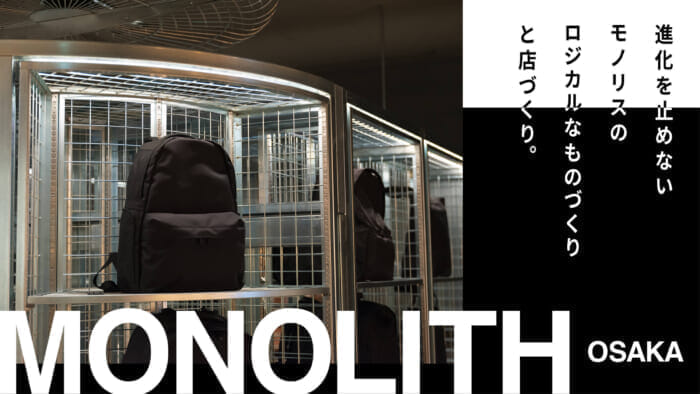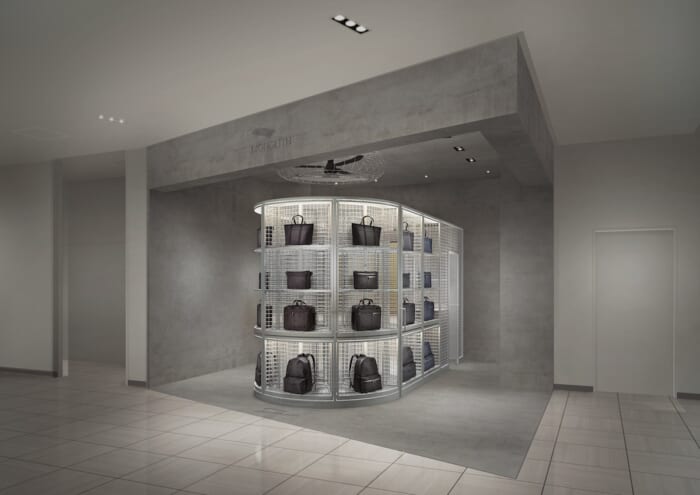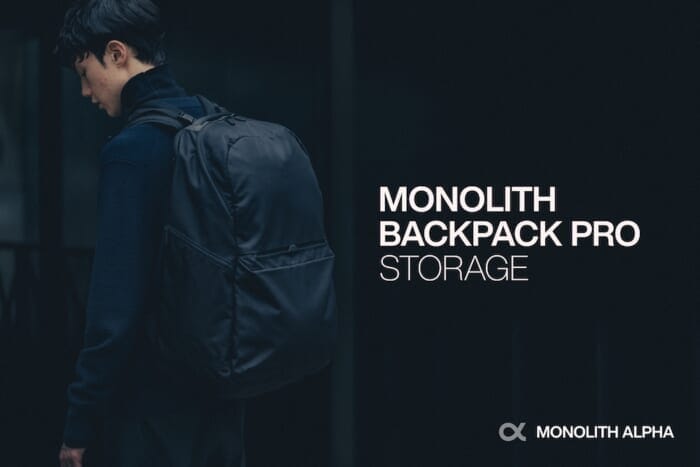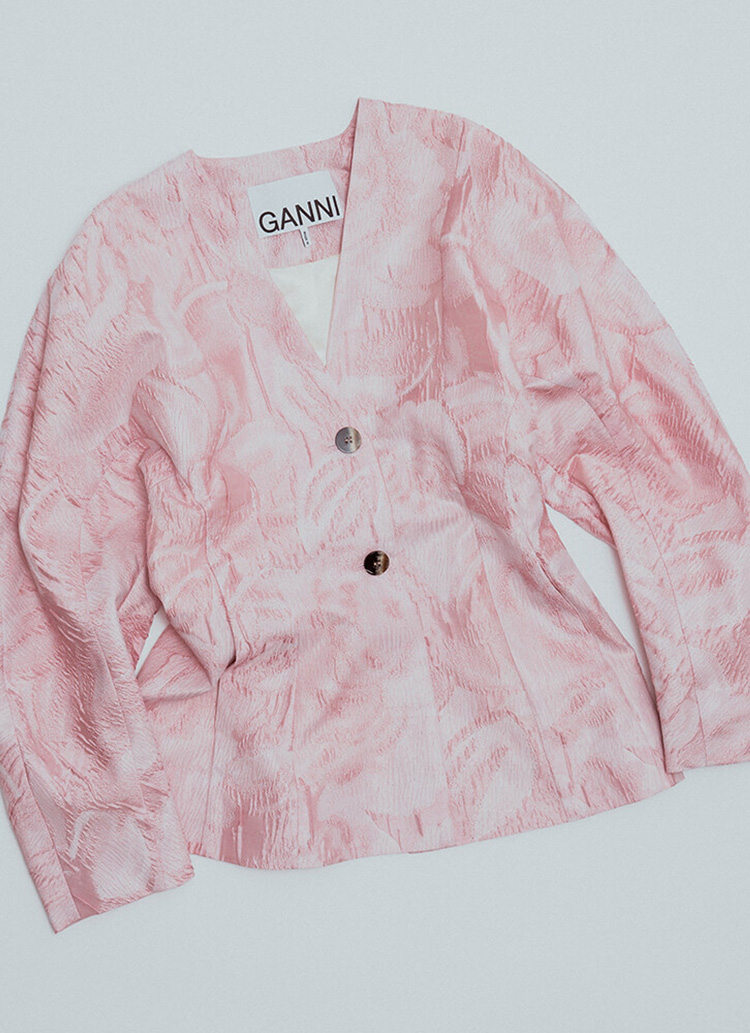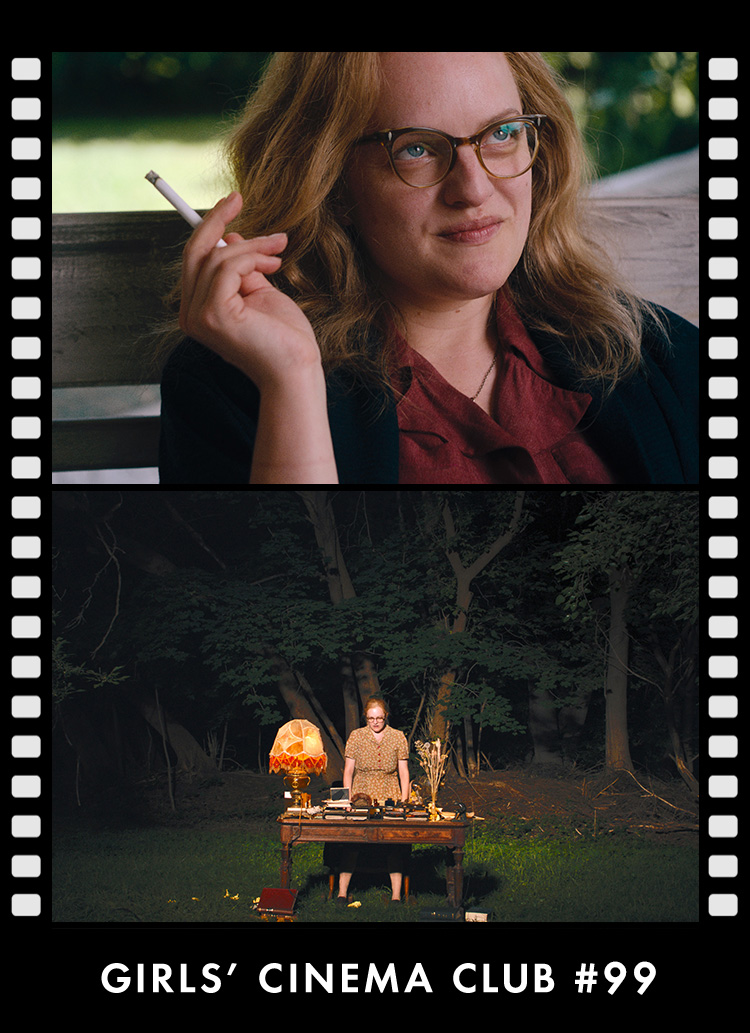The idea is to show it as decorative by omitting its decorative qualities.
Return to the store. Did you have a concept in mind when you created the store?
Nakamuro:We came up with the concept for the store together with Mr. Sasaki. Of course, before that, I had called him to tell him about the brand concept.
Sasaki:First it was a phone call, right? We met soon after and worked out the details further. The skeleton of the project was already almost complete there.
Nakamuro:Mr. Sasaki is amazing. When I met him, I said, "I think this is what I was thinking from what we talked about on the phone the other day," and he showed me an image of what he thought I was seeing. It was a perfect match.

Sasaki:Monolith" has a simple and universal design, but it is very functional. At first glance, it seems ordinary, but in fact it is of very high quality. It is a product that creates a new everyday life, or at any rate, it is a product that intrigues me. I thought about how to spatialize that kind of logic.
The Wittgenstein House in Vienna came to mind. The house was built by the philosopher Wittgenstein for his sister, and when you enter it, you are struck by an indescribable feeling of tranquility. All the rooms are symmetrical, with the same sashes (window frames) in succession. Anyway, the rules of design are very clear. There is no decoration at all, and only the arrangement of the sashes and the spatial composition is decorative. It occurred to me that this kind of function itself as decoration could be linked to "Monolith.
Nakamuro:I also researched Wittgenstein, and found that he was influenced by Bauhaus at that time.
Sasaki:It's very logical in ideology.
Nakamuro:Monolith's products are made in a very logical manner. That is also the philosophy of the brand, which pursues rational function and design. I think that's why I felt a great sense of understanding when you explained the "Wittgenstein House" to me.
Sasaki:Then I came to see this site and saw that the ceiling was very high. I thought that with this height, we could realize our concept, and from there we began to formulate a concrete plan.


Nakamuro:It's very high. It's 3.75 meters to the ceiling netting, and you can see ducts and such above that, so it's originally much higher.
Sasaki:This structure behind the ceiling is just a mass of functions. Mr. Nakamuro and I talked about showing it without hiding it. It has a factory-like or industrial atmosphere. All of these functions exist for a reason, so the idea is to incorporate them into the space by daring to show them as decoration.
And all wall surfaces are designed symmetrically, linking the ceiling netting to the floor grid as well.

I heard that every part of the space is designed to match the proportions of the monolith.
Sasaki:The monolithic stone slabs are in the ratio of "1 : 4 : 9" and we proceeded with the idea of incorporating them into the necessary areas, while keeping this in mind. For example, the base of this fixture is completely made in the ratio of a monolith.
Is this the same with this glass case?
Sasaki:The ratio is close to 4 : 9. The dimensions of the display shelves were determined based on the size of the product line, and the door was designed to be functional and to have the exact same shape as the entrance door. The door slides into the wall.
Doors are the gateway to the next space, and usually glass cases are much more glamorous. But here, when you open the door, there is only a mortar shelf and a bare light bulb. I had a picture in my mind of a "Monolith" bag placed in such a simple new everyday setting.

Nakamuro:I really like these doors. I was actually going to store all the doors and start the business with the glass case open, but when I saw the finished product, I thought it would be nice to leave it closed.
Customer service begins when a customer calls out and the staff member opens this. After that, they open the door again to see different products. I think this door will work very well in creating the opportunity for customer service and development in this way. It is easy to imagine such an operation.
Also, I thought the interior was very tense, in a good way.
On the one hand, I think there is a risk in having a restaurant with a sense of urgency.
Sasaki:There are not many stores like that nowadays.
Nakamuro:I felt that I needed to be a floating presence in a good sense of the word by entering the "Shin-Marunouchi Building. I felt that we needed a space that was detached from the building. So I think a sense of tension is one of the keys.

Q: Did you decide to ask Mr. Sasaki from the beginning?
Nakamuro:When I was in charge of producing a store called "FROM WHERE I STAND" in Fukuoka, I asked Mr. Sasaki to do the interior design. I will never forget the impact the interior design had on me. I have witnessed the opening of many stores in the past, but I have never been so impressed. After a short interval, I decided that if I ever wanted to open a store for my own brand, I would definitely ask Mr. Sasaki to do it.






